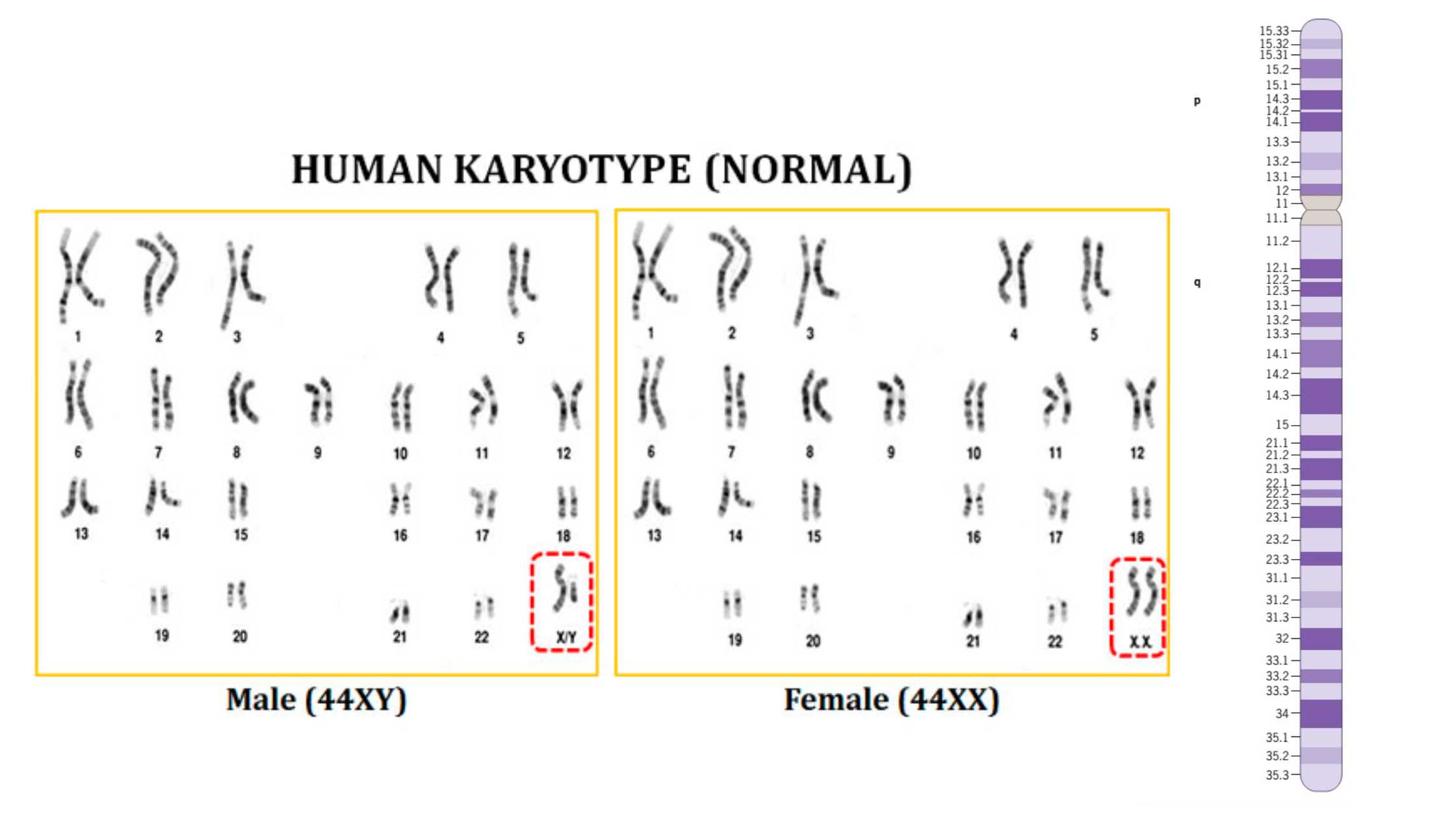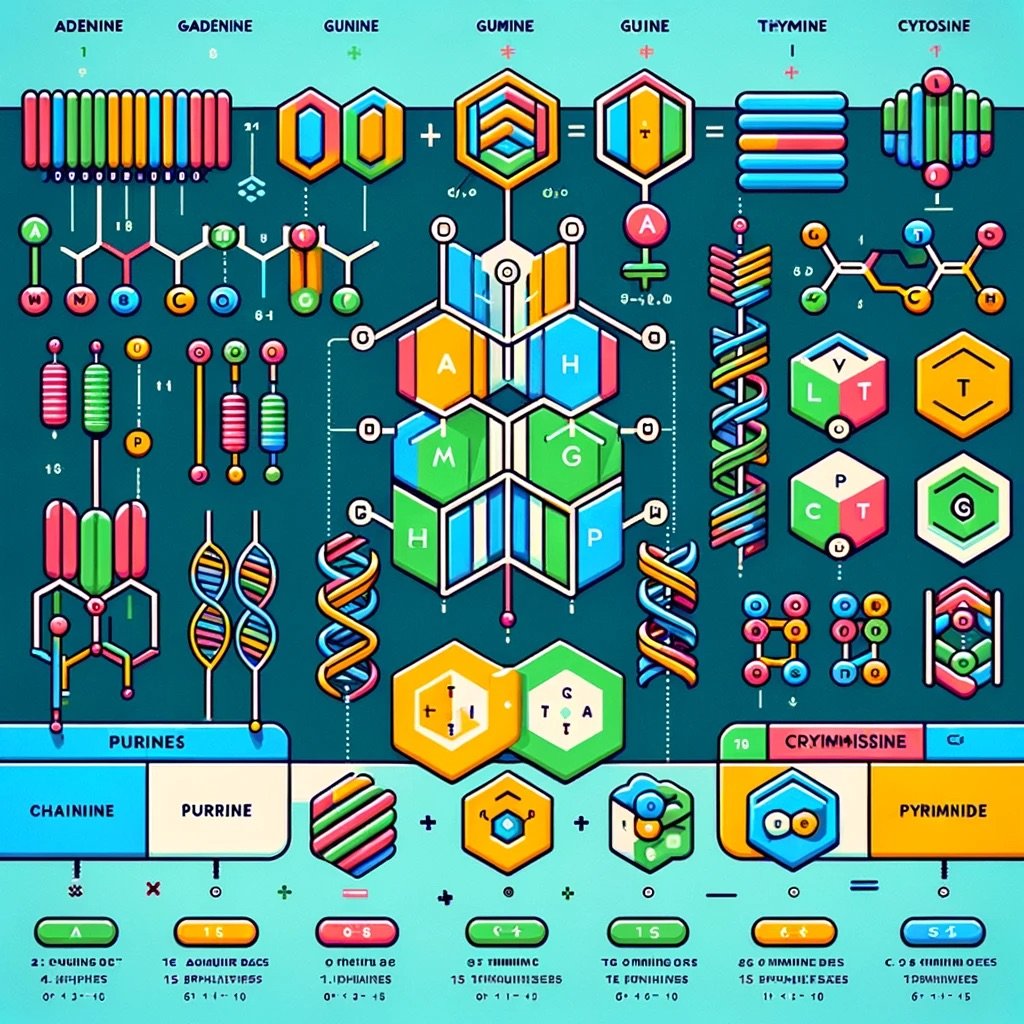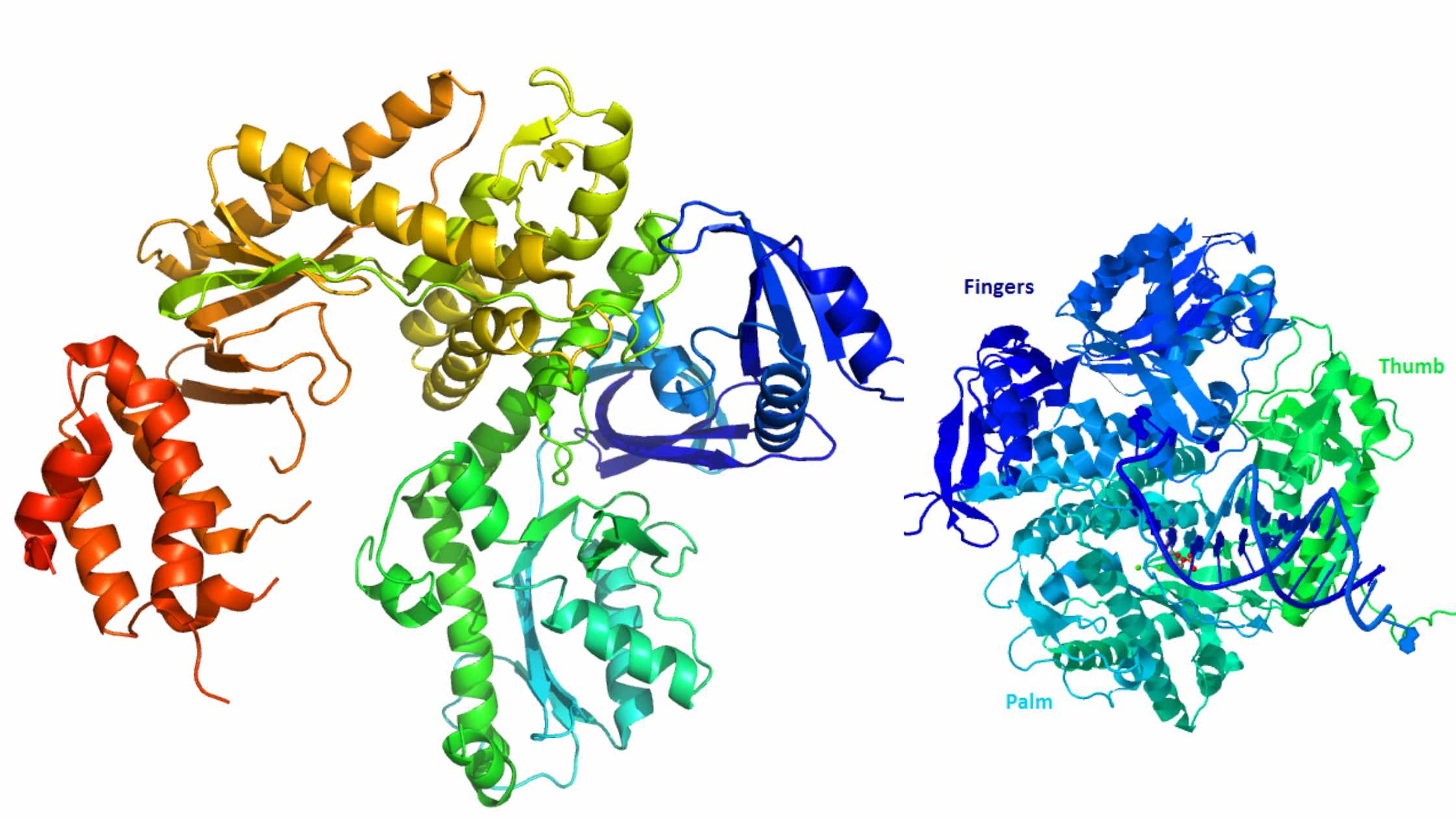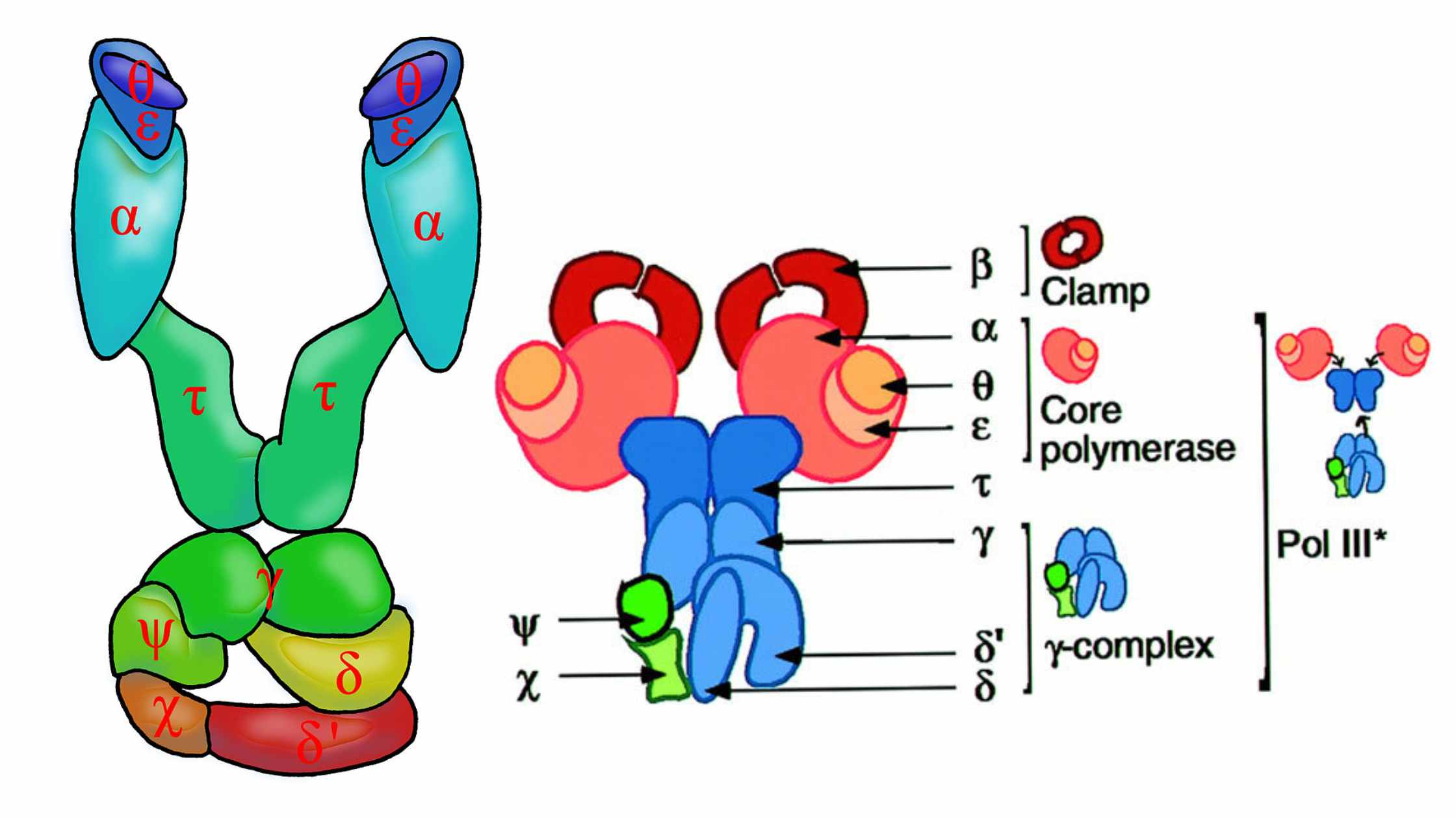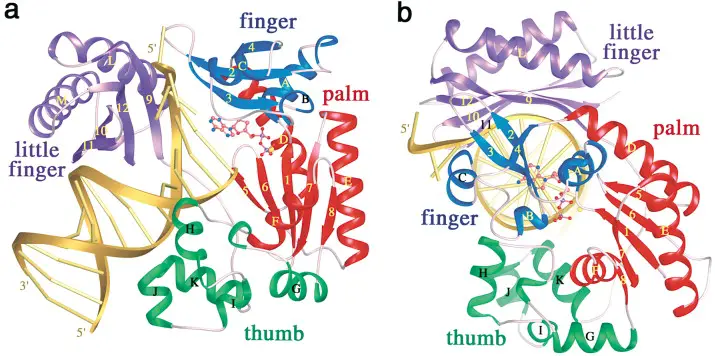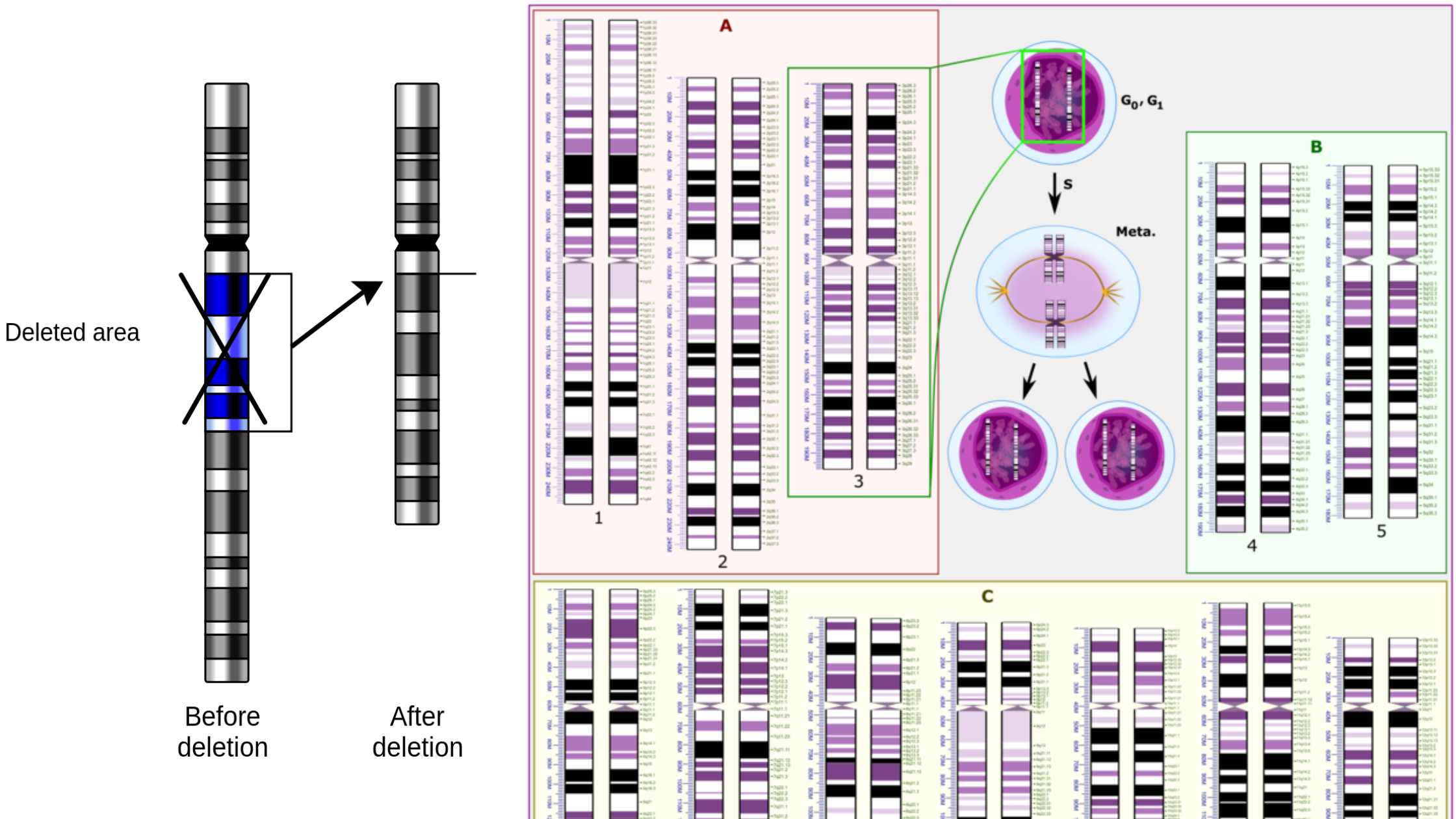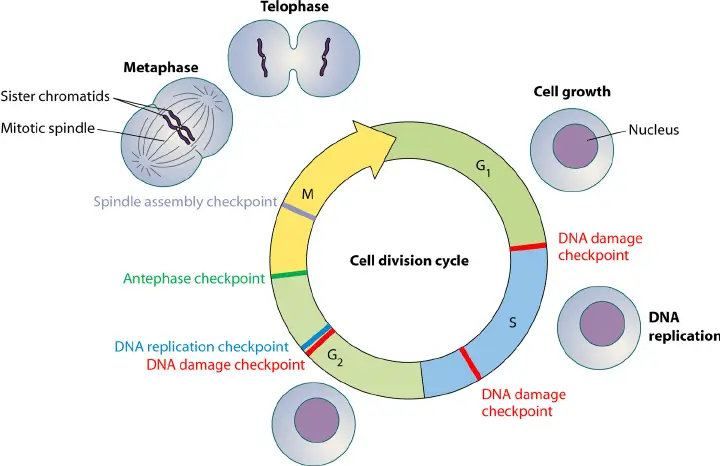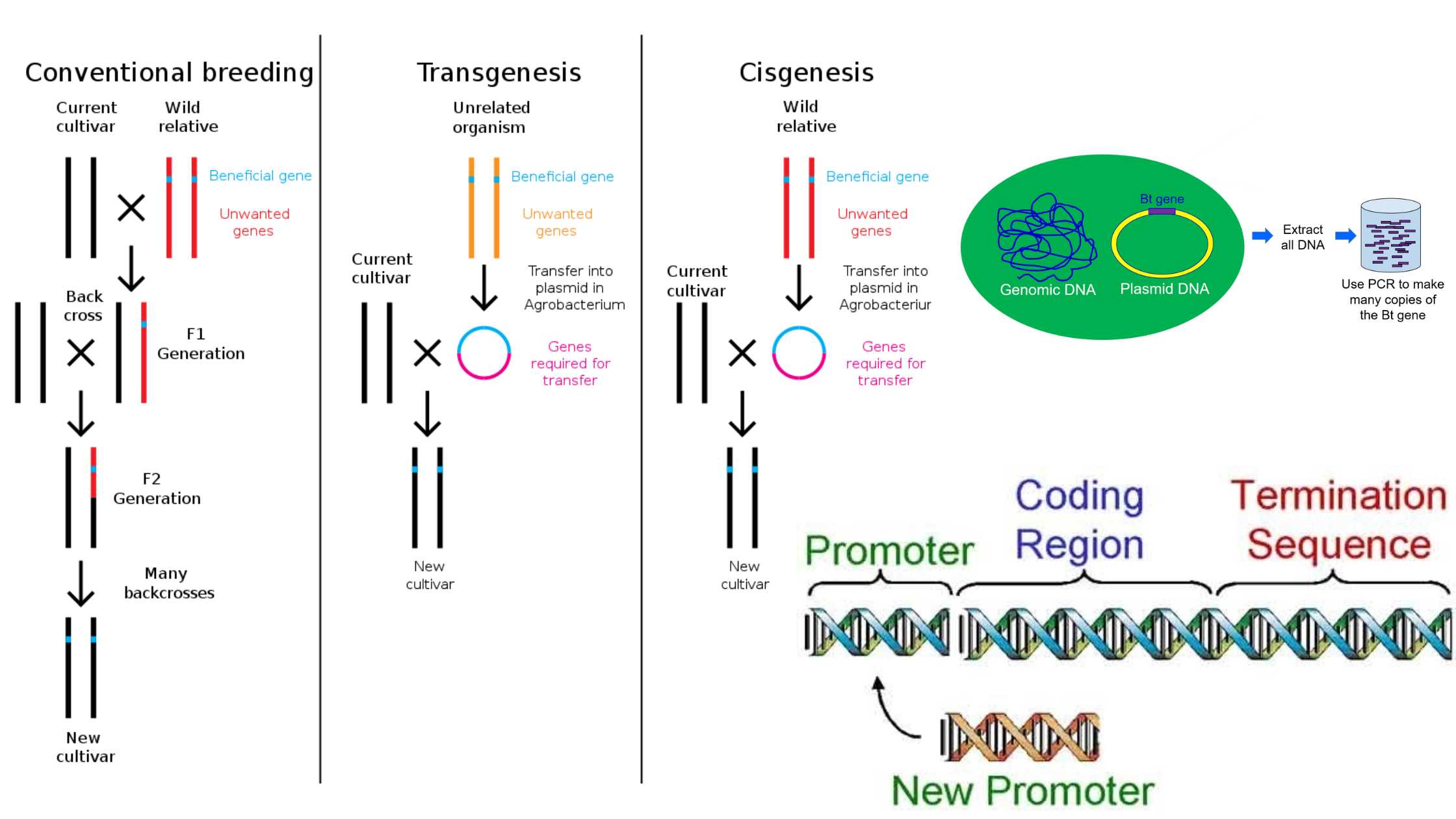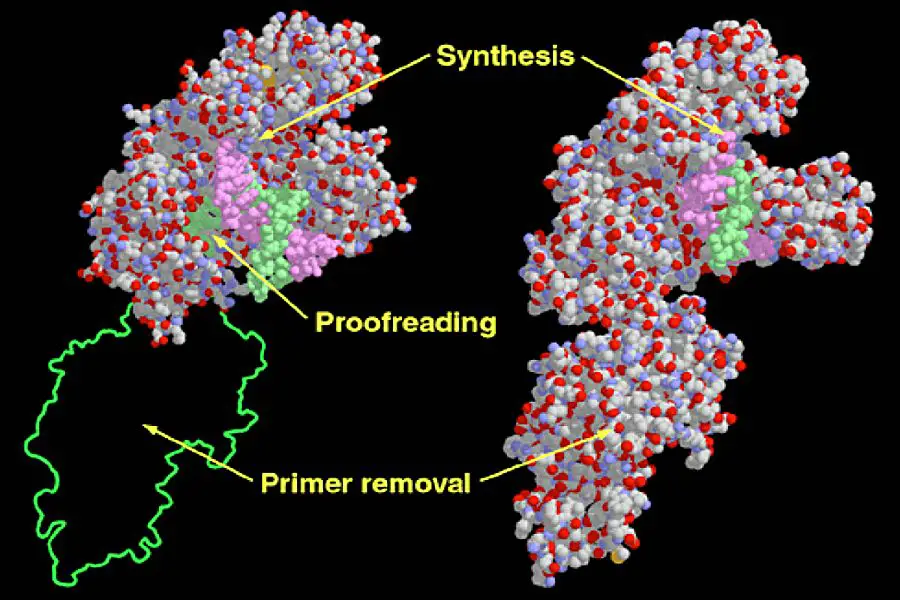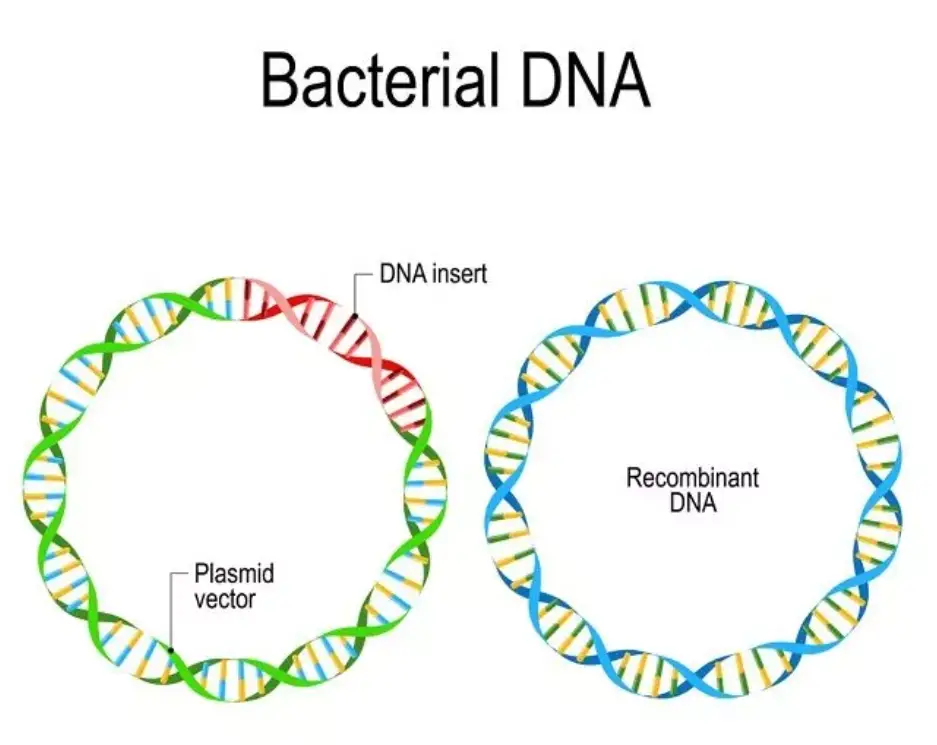Karyotype and Idiogram – Definition, Procedure, Steps, Applications
What is Karyotyping? Definition of Karyotyping Karyotyping is a laboratory technique used to visualize and analyze the number, size, and shape of chromosomes in an individual’s cells, aiding in the detection of genetic abnormalities and chromosomal disorders. What is Idiogram? An idiogram is a diagrammatic representation of a karyotype, which showcases all the morphological features … Read more
